Even though humans have never set foot on Mars, man-made waste from landers and rovers still piles up on the red planet.
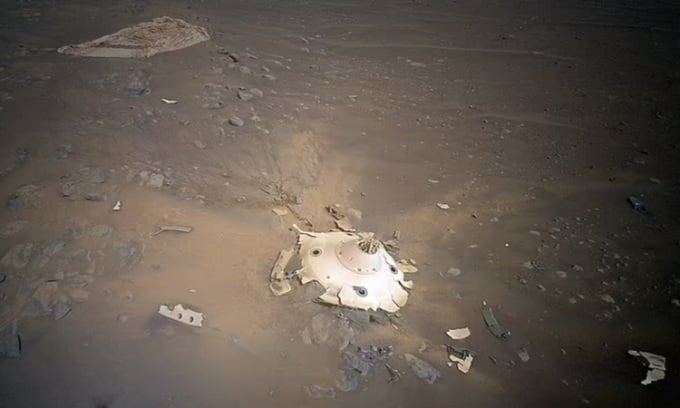
The parachute and cone-shaped panels protect the Perseverance rover during landing. Photo: NASA
A new map reveals the locations of debris from Mars landing vehicles over the past 53 years, including NASA’s defunct Ingenuity helicopter, the Mail reported on January 31. The debris includes metal landing gear, heat shields, spent parachutes, broken rotor blades, capsule noses and even fabric nets. Cagri Kilic, a professor of aerospace engineering at West Virginia University, estimates that the amount of human trash on Mars is 7,119 kg, or about the weight of an adult African elephant.
Examples of human-caused debris on the red planet include Russia’s Mars 2 lander, which became the first man-made object to touch the surface of Mars when it crashed in May 1971. Beagle 2, a Russian spacecraft that landed on the red planet in December 2023 but was later lost. Now, the latest to join the ranks is NASA’s Ingenuity helicopter, which was unable to continue flying after a rotor blade broke on January 18. With its rotor broken and no wheels, the helicopter was stuck in place, unable to move, although it maintained contact with its ground control team.
These vehicles represent a remarkable achievement in reaching the planet 225 million kilometers away, and many of the machines will carry out valuable scientific experiments upon landing. Professor Alice Gorman, a space archaeologist at Flinders University in Australia, describes the decommissioned landers as historical records of human engagement with Mars. "Ingenuity shows how far the technology we need to adapt to other planetary environments can go," Gorman said.
But when the machines stop working, they turn Mars into a landfill. Dr James Blake, a space debris researcher at the University of Warwick, says future missions to Mars should be designed with sustainability in mind. That means designing spacecraft that don’t throw away parts when they land on Mars, or return them to Earth when the mission is over. Manned missions to Mars in a few decades could land on the planet and collect the space debris.
Including Ingenuity, nearly 20 landers have reached the surface of Mars through successful soft landings or hard crashes. Many of the landers that have now crashed have survived as debris or even burn trails, evidence that they made it to Mars before crashing on their final leg. One example is NASA’s Mars Polar lander, which crashed while attempting to land at the south pole in December 1999. Images of the crash site released in 2005 include the lander’s parachute and a patch of Martian dust burned by its rocket engines. Another similar example is Italy’s Schiaparelli lander, which crashed into the Martian surface at 195 mph in October 2016. Schiaparelli left a black dot surrounded by its heat shield and parachute.
Other spacecraft that have landed and are able to complete their missions have also left traces of their time in operation. NASA’s Opportunity rover, which operated from 2004 to mid-2008, created a trail of debris as it moved across the red planet. The 330-pound (157-kilogram) robot is now stuck in the Martian soil. It sent back a photo of the heat shield in 2004, along with debris scattered across several kilometers of the ground. According to Kilic, most of the rovers are still intact, and space agencies view them as historical monuments rather than trash.
An Khang (According to Mail )
Source link


![[Photo] Children's smiles - hope after the earthquake disaster in Myanmar](https://vstatic.vietnam.vn/vietnam/resource/IMAGE/2025/4/14/9fc59328310d43839c4d369d08421cf3)


![[Photo] General Secretary To Lam chairs the third meeting to review the implementation of Resolution No. 18-NQ/TW](https://vstatic.vietnam.vn/vietnam/resource/IMAGE/2025/4/14/10f646e55e8e4f3b8c9ae2e35705481d)
![[Photo] Touching images recreated at the program "Resources for Victory"](https://vstatic.vietnam.vn/vietnam/resource/IMAGE/2025/4/14/99863147ad274f01a9b208519ebc0dd2)
![[Photo] Opening of the 44th session of the National Assembly Standing Committee](https://vstatic.vietnam.vn/vietnam/resource/IMAGE/2025/4/14/03a1687d4f584352a4b7aa6aa0f73792)
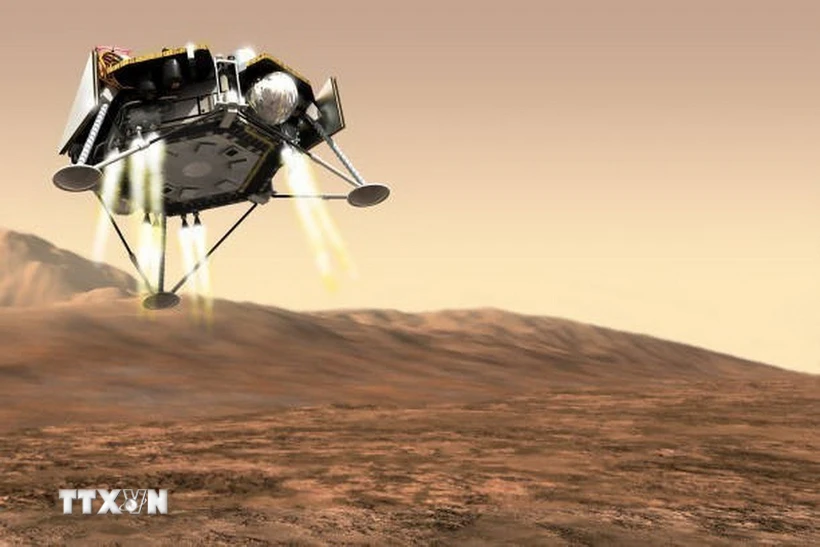

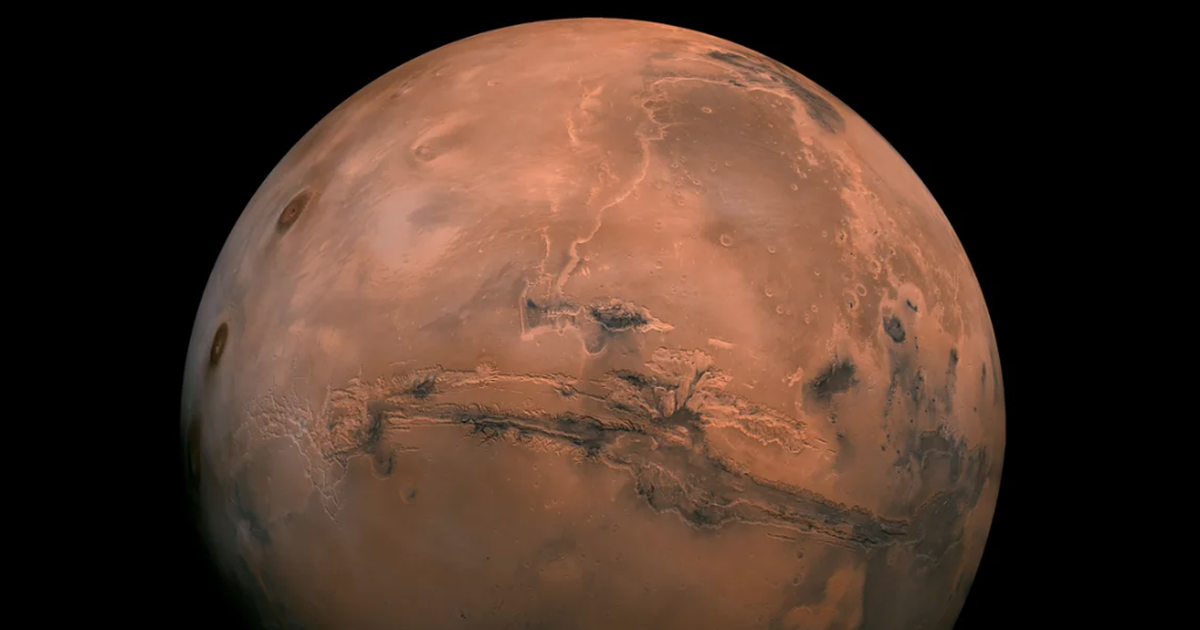

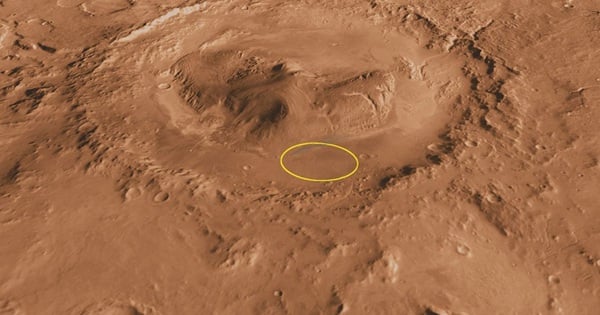

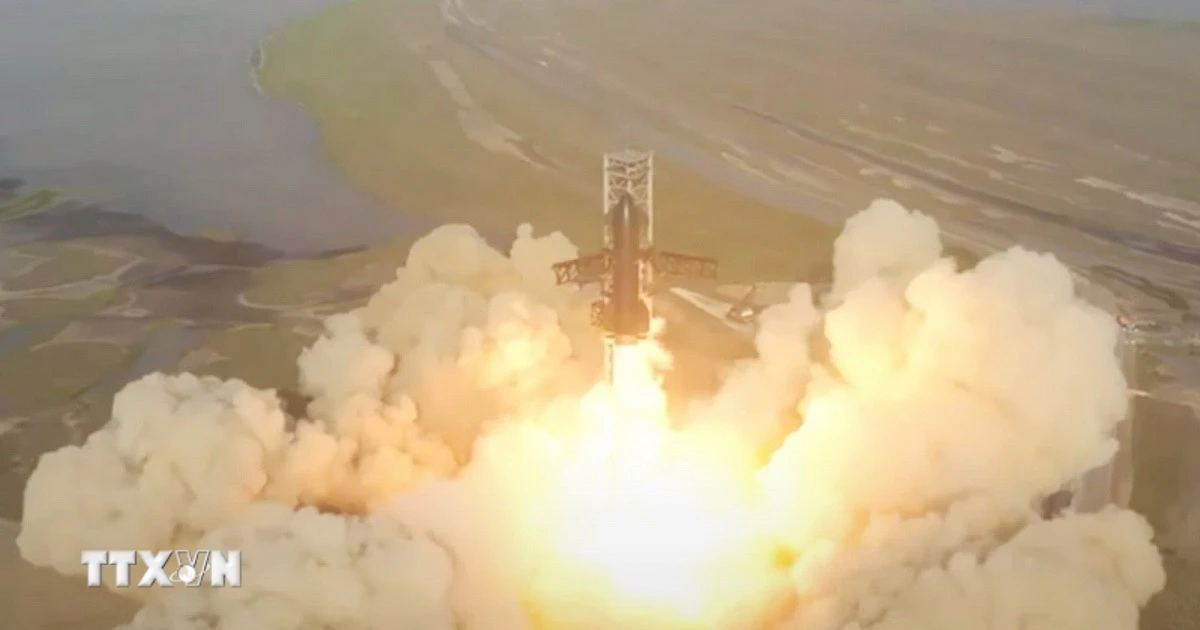










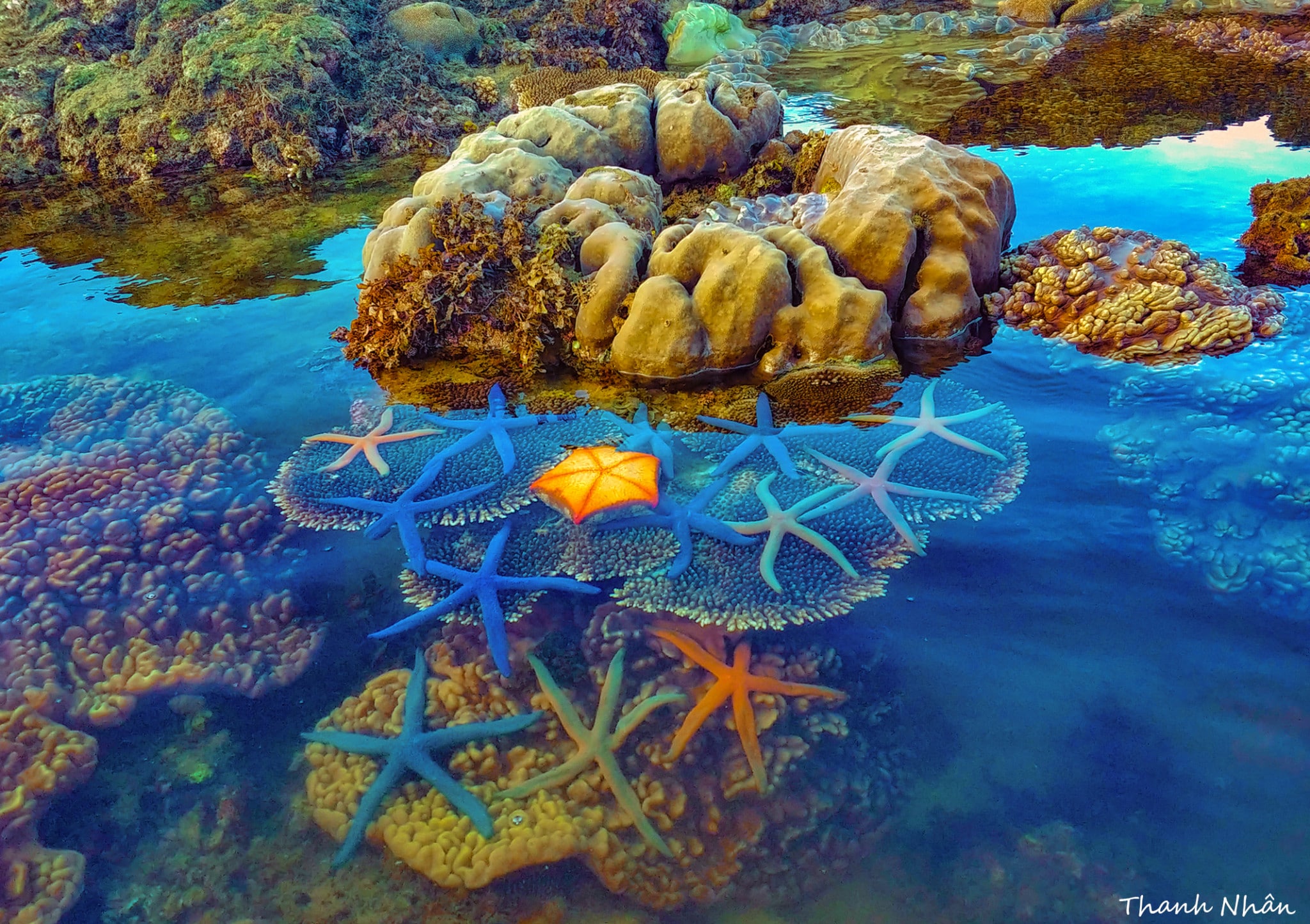


































































Comment (0)